How are storm names chosen 2022/23? Met Office process explained - why severe UK weather events are named
and live on Freeview channel 276
The Met Office has announced which names UK storms will be given for 2022/23.
It comes after several severe weather events in 2022, including Storm Eunice which wreaked havoc across the UK with record-breaking gusts in excess of 100mph.
Advertisement
Hide AdAdvertisement
Hide AdScientists say climate extremes are going to become more likely as climate change worsens.
But why do they name UK storms - and how does the process work?
Here’s what you need to know.
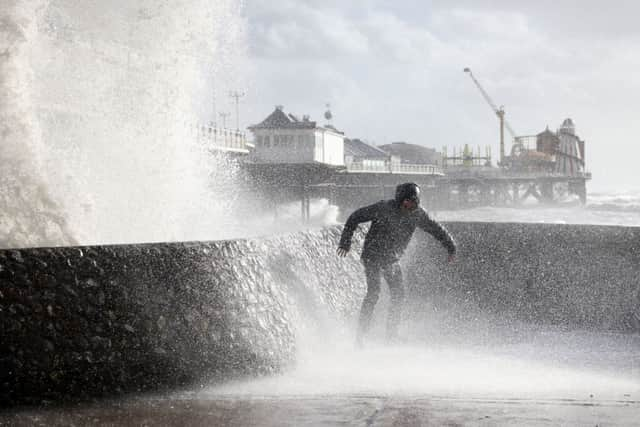

Why are UK storms named?
After several major heatwaves and a continuing spell of drought, winter storms might not be at the forefront of your mind.
Humanising them may also seem like a bizarre thing to do.
But weather forecasters say the naming process is vital to help prepare people for bad weather.
Advertisement
Hide AdAdvertisement
Hide Ad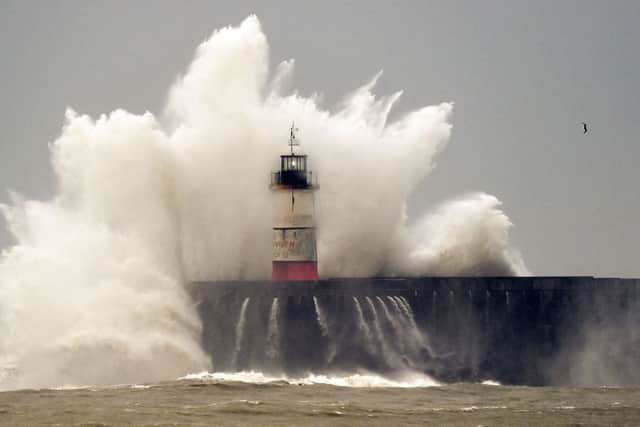

“We know from seven years of doing this that naming storms works,” said Will Lang, the Met Office’s head of situational awareness - a job that involves leading the UK’s severe weather response.
“We know that naming storms helps to raise awareness and give the public the information they need to stay safe in times of severe weather.”
The Met Office pointed to research it conducted in the wake of Storm Eunice - the strongest storm to hit England and Wales since 2014 - as evidence for its statement.
It said 98% of respondents in the red warning area for the storm were aware of the weather warning.
Advertisement
Hide AdAdvertisement
Hide Ad91% of this number took steps to protect themselves, their homes and/or businesses after receiving the warning.
Separate research by National Highways found traffic levels dropped 21% in England on 18 February when the storm hit.
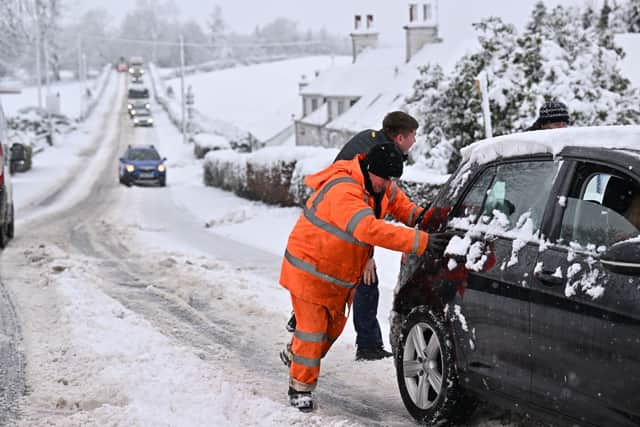

Lang added: “Recent impactful storms demonstrated our ongoing need to communicate severe weather in a clear way to help the public protect themselves.
“Naming storms is just one way that we know helps to raise awareness of severe weather and provides clarity for the public when they need it most.”
Advertisement
Hide AdAdvertisement
Hide AdHow are UK storms named?
Since 2015, the Met Office and Ireland’s weather forecaster Met Éireann have collaborated to select names for storms that are set to hit the British Isles.
They selected the names for 2022/23 after conducting public votes.
In 2019 the pair were joined by Dutch meteorological service KNMI, which this year chose names that belonged to famous scientists from the Netherlands.
Overall, 21 names are selected every year for a period spanning from September to August.
Advertisement
Hide AdAdvertisement
Hide Ad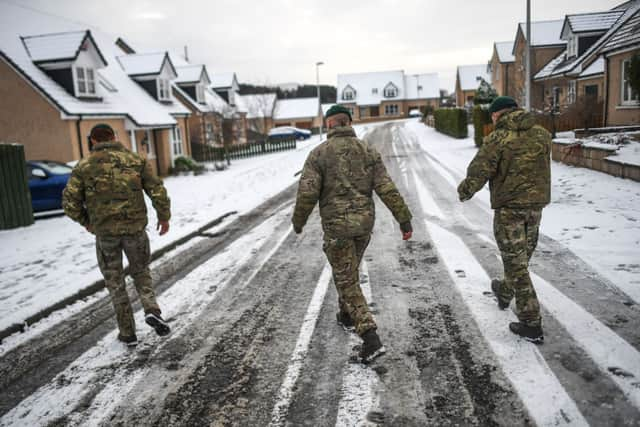

The list runs from A to W, with the letters Q, U, X, Y and Z omitted in line with the naming conventions of the US National Hurricane Centre.
The Met Office, Met Éireann and KNMI follow the same guidelines to provide continuity on both sides of the Atlantic Ocean.
This is important because storms in the western Atlantic has a direct influence on our weather thanks to the effects of the Gulf Stream.
It means storms that form along the coasts of the Caribbean and US eastern seaboard tend to get propelled across the ocean to the UK and parts of western Europe.
Advertisement
Hide AdAdvertisement
Hide Ad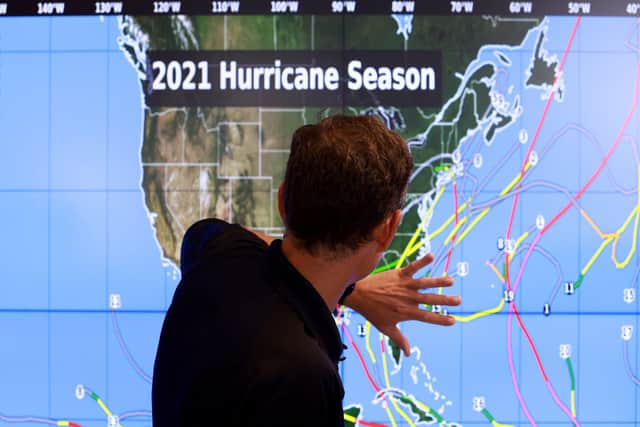

While most of the storm names in the UK are taken from the list drawn up by the Met Office, Met Éireann and KNMI, there are occasions when they get named differently.
For example, when another storm naming group identifies a storm that will impact the UK, the Met Office will use that name in its communications.
In January 2022, Storm Malik was named by the Danish weather authorities.
It did not hit the UK as badly as it struck Scandinavia and eastern Europe, but it still caused two deaths in Scotland.
Meanwhile, if the remnants of a hurricane travel across the Atlantic Ocean, the Met Office labels it as an ex-hurricane and gives it its previously given name.
Comment Guidelines
National World encourages reader discussion on our stories. User feedback, insights and back-and-forth exchanges add a rich layer of context to reporting. Please review our Community Guidelines before commenting.
